
GUEST BLOGGER KIRSTEN W. LARSON
Beyond the Wright Brothers
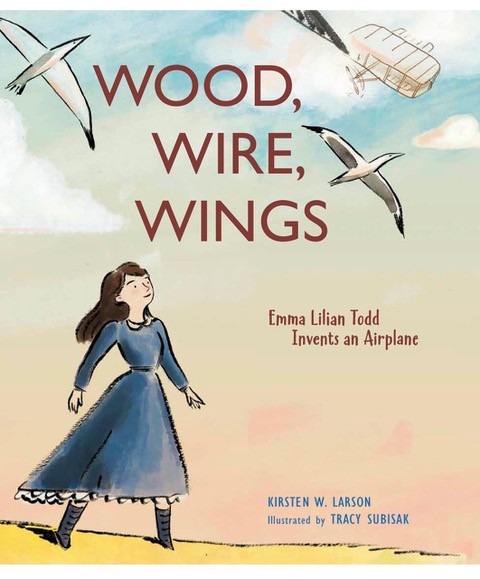
In 1903, the Wright Brothers invented the first successful airplane, which slipped above the North Carolina sand dunes. As students, we often learn that fact as the end to the story. The airplane had been invented. Period.
No doubt, the Wright Brothers’ success was an extraordinary achievement. But the reality is that many inventors and engineers soon worked to improve the Wrights’ design, including self-taught engineer, Lilian Todd, the subject of my book Wood, Wire, Wings: Emma Lilian Todd Invents an Airplane, illustrated by Tracy Subisak (Calkins Creek, 2020).
Lilian Todd’s airplane
“The machine of the Wright brothers has to be navigated by its operator lying flat…and waving his legs in the air. My machine will be operated by a woman, I hope, and she will swing in a basket below and balance it…as automatically as does a person riding a bicycle.”
Lilian Todd, 1908
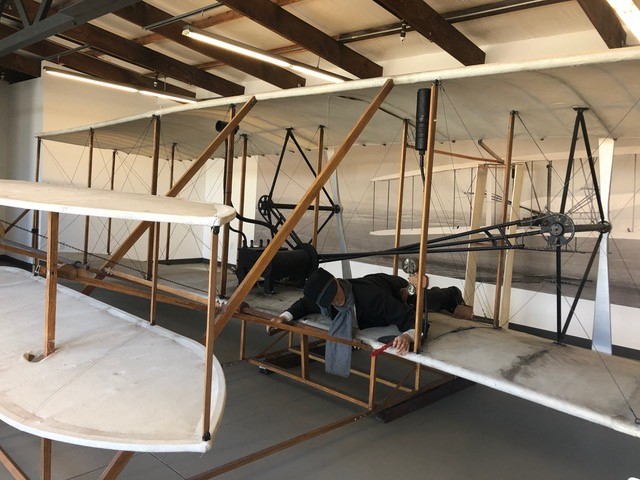
It’s very good thing inventors like Lilian Todd, and the Wrights themselves, kept improving the airplane. Imagine if your airline pilot had to lie on her belly and slide her hips back and forth to control the airplane? What if we still talked on flip phones for that matter and couldn’t text? Or we worked on computers that filled entire rooms? Improving existing designs is such an important part of engineering.
Preparation – Re-engineering the airplane
The activity below will lead students through the invention process using the Next Generation Science Standards’ Engineering Design process.
As part of this activity, have students record all of their information in an engineer’s notebook. A web search will turn up several templates, but a simple composition book or folder of loose-leaf paper will work just fine. Just make sure students include headers for each part of the activity.
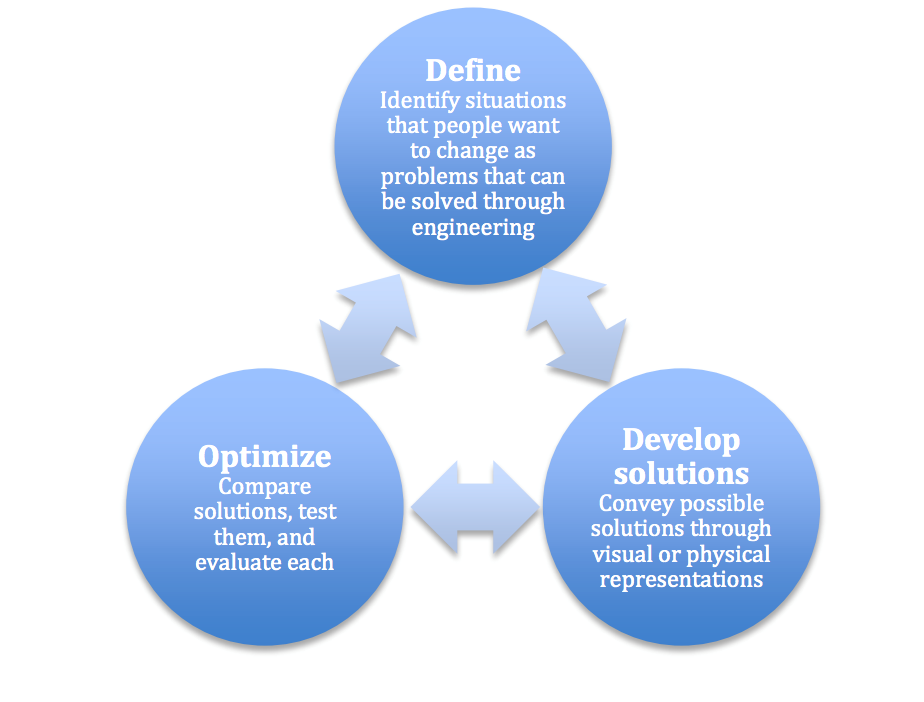
Step 1: Define the problem
With your students, brainstorm some problems facing today’s airplanes. Students also could consider other human problems airplanes might help solve, for example, providing delivery of packages or food. You might choose to have students work on a single idea as a whole class or in smaller teams.
Undoubtedly students will have wonderful ideas, but if they need some inspiration, do some research. Research plays an important role both in defining problems and developing solutions. Here are a few websites to explore with your students.
- NASA Aeronautics https://www.nasa.gov/topics/aeronautics/index.html
- Airbus’s future of innovation: https://www.airbus.com/innovation.html
- Personal air travel from Opener: https://www.opener.aero/
- Drone delivery at Amazon: https://www.amazon.com/Amazon-Prime-Air/b?ie=UTF8&node=8037720011
Don’t forget your school or local library likely has numerous books about airplanes and aviation too. One I like is Technology Timelines: Aircraft by Tom Jackson (Brown Bear Books, 2015).
As part of defining the problem, make sure your students’ answer the question, “How will we know if our design is successful?” Make sure they develop specific criteria.
Step 2: Design Solutions
Once your students have settled on a problem that can be solved using airplanes or by tweaking airplane designs, have them brainstorm solutions. Make sure students consider multiple design options and don’t just stop at their first idea. Allow them to jot down ideas and use others’ as a springboard for new ideas.
Then have students sketch or make models of their airplane designs using available materials. You may choose simple paper, tape, paperclips, and scissors or allow them to use varied materials like cardboard, popsicle sticks, etc.
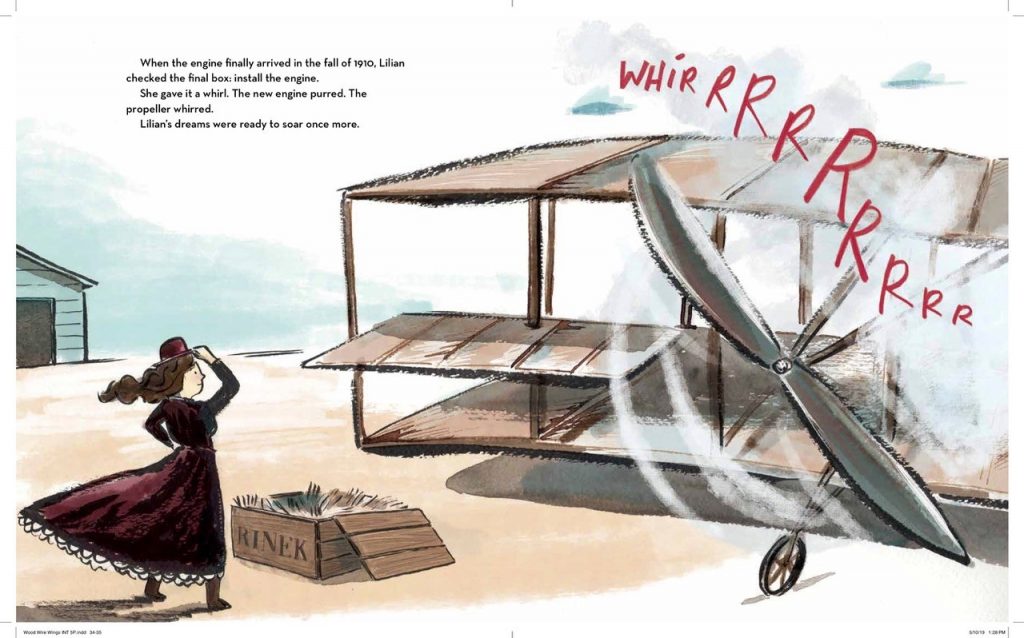
Step 3: Testing and Optimizing the Design
The next step is to have students test their solutions. How did their airplane fare? Have students record their plane’s distance, flight time, and any other parameters that will help them know if their plane was successful. Did their design work perfectly the first time? If it didn’t that’s totally normal!
Have students brainstorm changes to improve their design. Record those changes and test again, noting the results. Likely students will have to go through this process many times before achieving success.
Remember, failing again and again – and learning from those failures — is how real engineers and inventors work. Just like the old adage, invention and engineering is one percent inspiration and 99% perspiration. I think Lilian Todd would agree.

Kirsten W. Larson used to work with rocket scientists at NASA. Now she writes books for curious kids. Kirsten’s debut picture book is WOOD, WIRE, WINGS: EMMA LILIAN TODD INVENTS AN AIRPLANE, illustrated by Tracy Subisak, (Calkins Creek, 2020). THE FIRE OF STARS: The Life and Brilliance of the Woman Who Discovered What Stars Are Made Of, illustrated by Katherine Roy (Chronicle), will follow in fall 2021. Kirsten also has written 25 nonfiction books for the school and library market. Follow Kirsten: Twitter/Instagram/Pinterest: @kirstenwlarson. Website: kirsten-w-larson.com


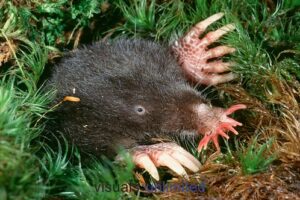
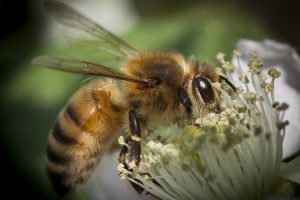
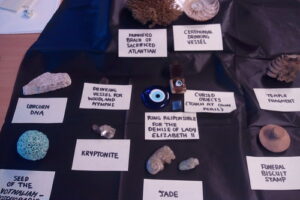


Leave a Reply
Your email is safe with me.